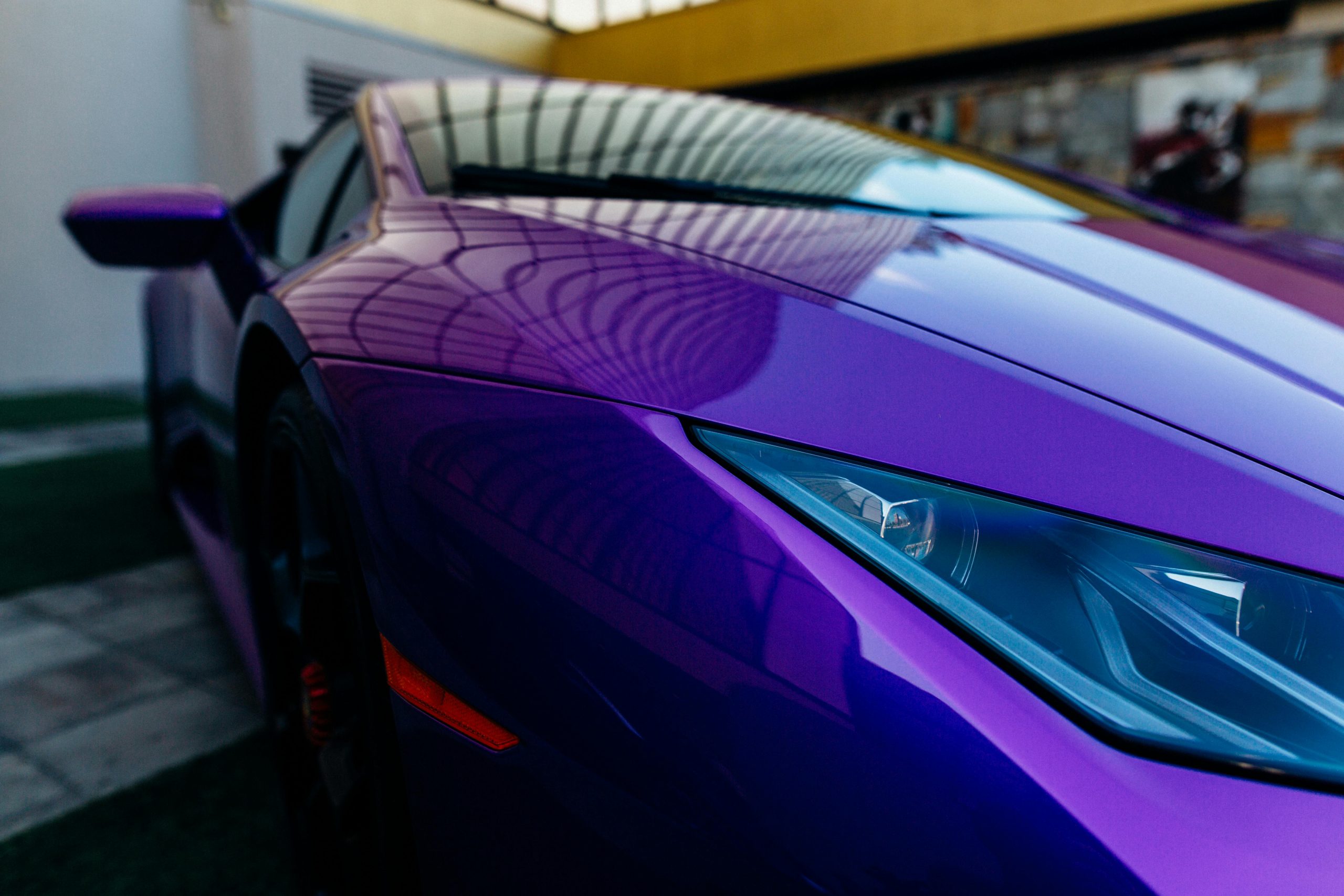Paintless Dent Repair (PDR) has gained popularity in the automotive repair industry for its efficiency, cost-effectiveness, and ability to maintain a vehicle’s original paint job. Despite its growing acceptance, several misconceptions still surround PDR. This article aims to address and debunk these common myths, providing a clearer understanding of what PDR can achieve and why it might be the best option for your dent repair needs.
Myth 1: PDR Can Only Fix Small Dents
Explanation of the Myth: Many people believe that PDR is only suitable for repairing small, minor dents. This misconception stems from the idea that larger dents require more invasive repair methods, such as filling and repainting.
Debunking the Myth: While PDR is indeed effective for small dents, it is also capable of repairing larger dents, provided the paint surface is intact. The PDR process involves using specialized tools to gently push and massage the metal back into its original shape from behind the panel. Advances in PDR technology and techniques have expanded its capabilities, allowing technicians to handle dents of varying sizes, including those caused by significant impacts.
For example, modern PDR tools include glue pulling systems and rods of various lengths and shapes, enabling technicians to access and repair larger dents. These tools, combined with skilled technicians’ expertise, make PDR a viable solution for many dent sizes that were previously thought to be beyond its scope.
Myth 2: PDR is Not as Durable as Traditional Repairs
Explanation of the Myth: Another common misconception is that PDR repairs are less durable and more likely to fail over time compared to traditional repair methods.
Debunking the Myth: The durability of a PDR repair depends largely on the technician’s skill and the quality of the tools used. When performed correctly, PDR maintains the structural integrity of the vehicle’s body, as it involves reshaping the metal without adding any new materials. This means there are no fillers or paints that could crack or peel over time.
Case studies and testimonials from satisfied customers highlight the long-lasting results of PDR. For example, a vehicle repaired using PDR after a hailstorm can retain its repaired state for many years, provided the work was done by a certified and experienced technician. This durability matches or even surpasses that of traditional repair methods, which can sometimes involve more invasive processes that might weaken the vehicle’s structure over time.
Myth 3: PDR is Too Expensive
Explanation of the Myth: Some vehicle owners perceive PDR as an expensive repair option, perhaps due to the specialized tools and skills required.
Debunking the Myth: In reality, PDR is often more cost-effective than traditional dent repair methods. Traditional repairs typically involve sanding, filling, and repainting, which can be labor-intensive and require expensive materials. PDR, on the other hand, uses fewer materials and can be completed more quickly, resulting in lower labor costs.
For instance, a traditional repair might cost several hundred dollars for a single dent, while PDR could be half that price. Additionally, because PDR maintains the original paint, it helps preserve the vehicle’s value, avoiding the potential depreciation associated with repainting and fillers.
Myth 4: PDR Takes Too Long
Explanation of the Myth: There’s a belief that PDR is a time-consuming process, deterring vehicle owners who need quick repairs.
Debunking the Myth: One of the significant advantages of PDR is its efficiency. Many minor dents can be repaired in just a few hours, whereas traditional methods might take days to complete, especially when drying times for fillers and paint are considered.
For example, a skilled PDR technician can often complete a hail damage repair within a single day, depending on the number of dents and their severity. This quick turnaround is particularly beneficial for those who rely on their vehicle for daily use and cannot afford extended downtime.
Myth 5: PDR Cannot Be Used on Older Cars
Explanation of the Myth: Some believe that PDR is only suitable for newer vehicles with factory-fresh paint and body panels.
Debunking the Myth: PDR can be effectively used on older cars, provided the paint is in good condition. In fact, PDR is an excellent option for classic or vintage cars, where maintaining the original paint and body integrity is crucial for preserving the vehicle’s value.
There are numerous examples of older vehicles that have undergone PDR to fix dents while retaining their original paint. This approach not only preserves the vehicle’s authenticity but also avoids the risks associated with repainting, such as color mismatches or paint chipping.
Myth 6: PDR Cannot Repair Dents with Paint Damage
Explanation of the Myth: Another common myth is that PDR is not an option if the paint is cracked or chipped.
Debunking the Myth: While PDR is most effective on dents where the paint remains intact, it can still be part of a comprehensive repair strategy for dents with minor paint damage. In such cases, a combination of PDR and traditional touch-up techniques can be used.
For instance, a technician might first use PDR to restore the metal’s shape, followed by a paint touch-up to address any minor cracks or chips. This hybrid approach can still offer a more cost-effective and less invasive solution than completely replacing the damaged panel.
Conclusion
Paintless Dent Repair is a versatile, efficient, and cost-effective method for repairing vehicle dents. By debunking these common myths, we hope to provide a clearer understanding of the true capabilities and benefits of PDR. If you’re considering dent repair, it’s essential to consult with a professional technician to determine the best method for your specific situation. Remember, choosing a reputable and skilled PDR technician can make all the difference in achieving long-lasting and high-quality results.




